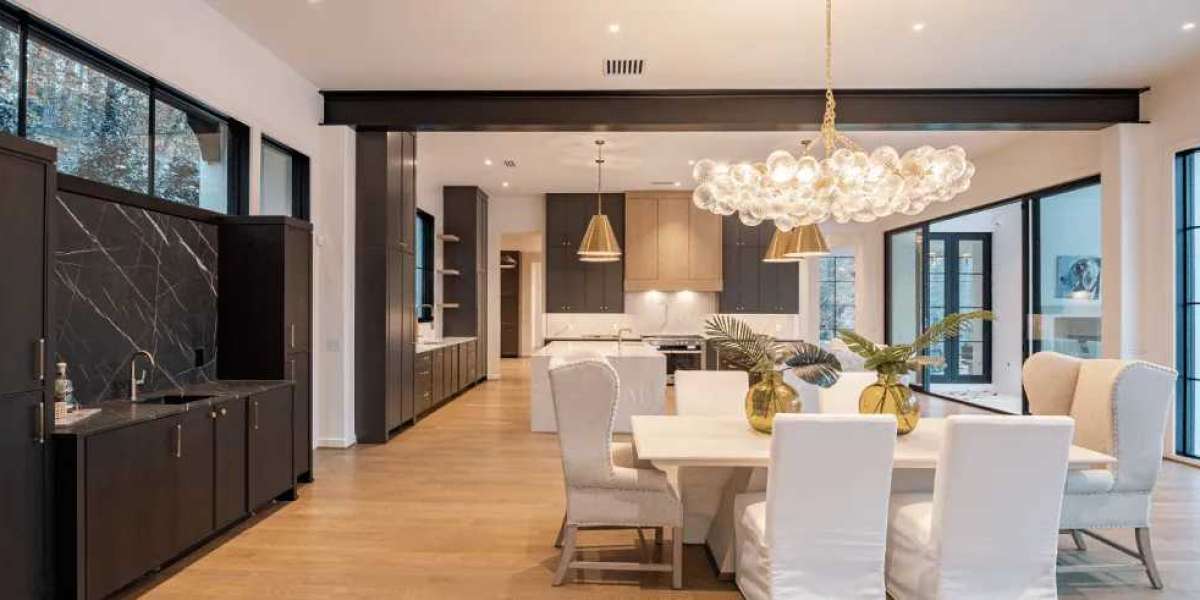Engineered hardwood floors have become a top choice for homeowners looking for the perfect mix of beauty, durability, and value. But with so many options on the market in 2025, how do you choose the best one for your home? In this guide, we’ll break down everything you need to know—from core materials and finishes to installation methods and budget tips—to help you make a smart and stylish decision.
What Are Engineered Hardwood Floors?
Engineered hardwood floors are made of a real wood veneer on top of multiple layers of plywood or high-density fiberboard. This layered construction gives them enhanced stability compared to solid hardwood, making them a popular choice in areas where moisture and temperature fluctuations are a concern.
Benefits of Engineered Hardwood
- Moisture resistance: Great for basements, kitchens, and bathrooms
- Sustainability: Uses less solid hardwood than traditional flooring
- Installation flexibility: Can be nailed, glued, or floated
- Style variety: Available in countless wood types, stains, and finishes
Key Factors to Consider When Choosing Engineered Hardwood
Choosing the right engineered hardwood flooring isn’t just about picking a color you like—it’s about balancing performance, durability, aesthetics, and budget.
- Wood Species
Different wood species offer different looks and levels of durability:
- Oak: Classic grain, highly durable
- Maple: Smooth grain, light tone
- Hickory: Rustic look, extremely hard
- Walnut: Rich, dark, and elegant
Choose based on your home's style and foot traffic needs.
- Veneer Thickness
The veneer layer (also called the wear layer) determines how often the floor can be sanded and refinished.
- 2–3mm: Good for light residential use
- 4–6mm: Ideal for high-traffic areas or long-term investment
- Core Construction
The core impacts the stability and lifespan of your floor:
- Plywood core: Strong and stable; performs well in most environments
- HDF core: More affordable, but less resistant to moisture
- Finish Type
Pre-finished or site-finished? Matte, satin, or gloss?
- Matte: Hides scratches well, modern look
- Satin: Balanced shine, timeless appeal
- Gloss: Shiny and luxurious, but shows wear faster
- Installation Method
Depending on your subfloor and skill level, you’ll need to choose between:
- Click-lock/floating: Easiest for DIY installs
- Glue-down: More permanent and stable
- Nail-down: Traditional but requires wood subfloor
Tips for Matching Floors with Your Lifestyle
Consider Your Household
Have pets or kids? Go for harder species and matte finishes to reduce visible wear.
Don’t Forget Climate
If you live in a humid area, opt for floors with a plywood core and moisture-resistant sealants.
Set a Realistic Budget
Engineered hardwood can range from $3 to $15+ per square foot. Balance quality with value—cheaper isn't always better in the long run.
Conclusion
Engineered hardwood floors offer a smart, stylish solution for nearly any home. By understanding the differences in species, core materials, veneer thickness, and finishes, you can choose a flooring option that not only fits your style but also stands up to your day-to-day life. Whether you’re renovating a single room or upgrading your entire home, use this guide to make a confident, informed decision that adds beauty and value for years to come.











